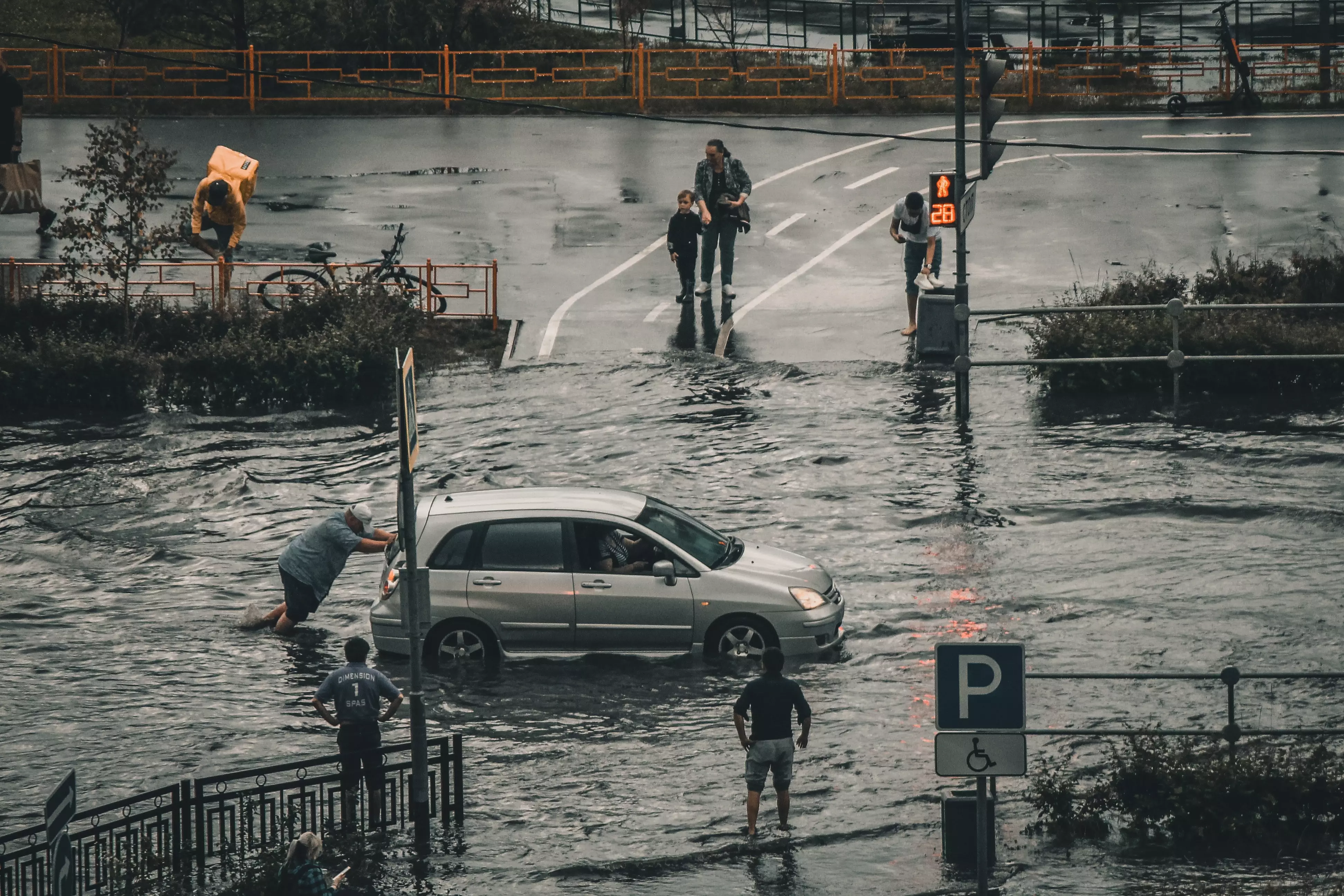Sample by My Essay Writer

Introduction
Expansive urban and industrial development often places considerable stress on local ecological systems resulting in an altered biotic environment that makes it unsuitable for particular types of flora and fauna to exist within it. Rivers and streams that straddle levees located near cities and industrial development areas are considered to be particularly vulnerable given their closer proximity to pollutants and other agents of change (Booth, Roy, Smith, & Capps, 2016). Evidence of this can be seen in the case of the town of Lithgrow, Australia wherein, due to the extensive coal mining operations in the area, the particulate and chemical composition of the water make it unsuitable for various species of fish and plants and even made the water somewhat toxic to drink.
While many development projects do not create the same level of toxicity as the mines of Lithgrow, various levees located near such areas can contribute to the problem by virtue of a lack of sufficient foresight leading to long-term environmental instability. One of the most common contributing factors when it comes to such actions are the stormwater runoffs that flow from a city or industrial development project and into rivers (Halstead, Kliman, Berheide, Chaucer, & Cock-Esteb, 2014). Due to the lack of any natural methods of dealing with the sheer amount of water from storms, many cities and industrial sites often have storm drains that lead to pumping stations which quickly shunts water away from their location and into local tributaries and streams.
Unfortunately, due to the unnatural method in which water is added into these ecosystems, this can drastically alter the chemical composition, temperature and delicate nutrient balance in the water (Vietz, Walsh, & Fletcher, 2016). The problem lies in the increased water speed that levees create, the resulting deterioration of beneficial vegetation within the stream, and the sheer amount of water that is forced into the streams/rivers via storm drains. Rivers and streams simply cannot cope with the runoff of an entire city being added within a short period.

There are, of course, proposed solutions to such a problem ranging from dispersed stormwater treatment, habitat enhancement within the stream itself, to adding in robust vegetation in selected areas to boost the ability of the body of water to repair itself and protect more vulnerable flora and fauna (Askarizadeh, Rippy, Fletcher, Feldman, Jian, Bowler, & Grant, 2015). Each proposed method has its pros and cons given their respective viabilities and the inherent cost of implementation. [“Write my essay for me?” Get help here.]
Due to the different proposed methods, this paper will seek to critique the most popular proposed methods of resolving the issue. Through this analysis, this paper will be able to showcase the superiority or inferiority of particular solutions, present arguments for or against their implementation and determine which method is likely the most viable based on the information that will be shown.
Problem
As a result of the differing proposed methods, the conflicting perspectives behind why they should be implemented, and the likelihood of budget shortfalls within cities that would prevent all of them from being implemented, it is necessary to determine which method is likely the most viable. To determine this, the paper would need to examine the basis behind each proposed approach and determine their individual effectiveness when compared to each other.
[Need an essay writing service? Find help here.]
Objectives
The proposed solution to the problem surrounding stormwater runoffs causing urban stream syndrome should be able to:
a.) Resolve the issue surrounding altered channel morphology
b.) Be able to help sustain the biotic richness of the river/stream
c.) Preserve the capacity for current runoff systems to continue to operate to prevent flooding within a city or industrial district.
By matching these objectives, the proposed solution would be able to succeed in its indicated goal.

Method
This study will primarily utilize a qualitative framework for analysis which will focus on using academic articles, books, and various online websites as the primary resource for the study. The research methodology will focus on examining the different perspectives of subject matter experts on the proposed solutions for urban river syndrome associated with levees and stormwater runoffs. By going over their different points of view, the researcher should be able to create a “list” of pros and cons of each method. This will act as the starting point for further analysis in the study with the information from the various subject matter experts being placed in the literature review.
Project Schedule
1st Week: Research
2nd Week: Analysis of Data and Outlining of Relevant Ideas
3rd Week: Data integration and primary writing period
4th Week: Finalization of the paper
Qualifications
As a university student, I have access to a wide array of resources within the school’s library which will allow me to research a broad range of topics.[Click Essay Writer to order your essay]
Project Management Plan
The project management plan will close follow the research project schedule since the researcher will base the entire writing process off of that.
Cost
Aside from the printing cost of the paper, there are no other inherent costs associated with this type of researcher project.
Reference List
Askarizadeh, A., Rippy, M. A., Fletcher, T. D., Feldman, D. L., Jian, P., Bowler, P., & … Grant, S. B. (2015). From Rain Tanks to Catchments: Use of Low-Impact Development To Address Hydrologic Symptoms of the Urban Stream Syndrome. Environmental Science & Technology, 49(19), 11264-11280
Booth, D. B., Roy, A. H., Smith, B., & Capps, K. A. (2016). Global perspectives on the urban stream syndrome. Freshwater Science, 35(1), 412-420.
Halstead, J., Kliman, S., Berheide, C., Chaucer, A., & Cock-Esteb, A. (2014). Urban stream syndrome in a small, lightly developed watershed: a statistical analysis of water chemistry parameters, land use patterns, and natural sources. Environmental Monitoring & Assessment, 186(6), 3391-3414.
Vietz, G. J., Walsh, C. J., & Fletcher, T. D. (2016). Urban hydrogeomorphology and the urban stream syndrome. Progress In Physical Geography, 40(3), 480-492.






